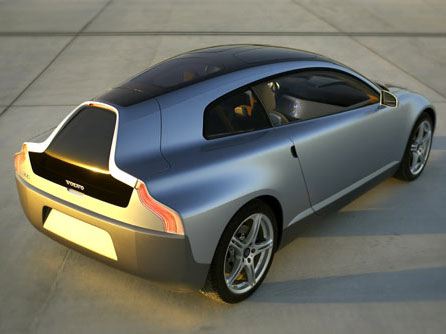I and many others have converted their gasoline car to run on E85 (ethanol fuel). This is a guide on how to do the same thing.
First of all, what is E85?:
E85 consists of 85% ethanol and 15% additives. The additives vary a lot depending on where you live and time of the year. But roughly, the 15% additives is mostly made up of gasoline, additives that helps the engine to make a complete burn, additives that helps the engine start when its cold and additives to color the fuel and the flame (so you know what substance it is, and also to help you see that it is really burning).
Facts about E85:
1. It is not corrosive to the fuel system or the engine. This is a myth and ethanol is often confused with methanol, which actually have corrosive properties. Some models before 1988 on the other hand may have some parts that is not ethanol resistant.
2. It is not as harmful to the environment as gasoline or any other petroleum products for that matter. Ethanol is made out of renewable energy resources such as crops and trees to name a few things. The carbon dioxide that an ethanol powered car emits is not contributing to the greenhouse effect, but is taken up by the plants and is being "re-used". The carbon dioxide then goes around in a closed loop. Gasoline on the other hand is made from oil that comes from old dinosaurs, plants and other stuff 100 000 of years ago, and it doesnt take part in the closed loop but only adds to the amount of greenhouse gasses. Ethanol is also easily bio-degradeable if it should leak into our environment.
3. E85 is 104-105 octane and therefore its more knock-resistent and can tolerate more boost or a higher CR.
4. E85 cools the intake charge more and therefore its more knock-resistent and can tolerate more boost or a higher CR. And it also makes the engine run cooler and to some degree, even safer.
5. E85 is in most cases at least 5% more effect than gasoline at the same lambda value (up to 25% more efficient on some cars optimized soley for E85).
6. Since E85 has very good cleaning properties as well as leaving behind a rest-product of water, it is cleaning the fuel system and it will keep the injectors nice and clean. The combustion chambers, valves, ports and the exhaust will also be clean(er), almost like the car had water injection.
7. In most cases it will cost less $/mile to run on E85.
2. Since cars running E85 requires roughly 30% more fuel, a tank of E85 will not get you as far as a tank of gasoline and you will have to refuel more often. This is often disregarded by E85 users who learn to live with it because of the economical gains.
And now: How to convert to E85
1. The advanced way, tuning and re-flashing the ECU to optimize it for E85.
Advantages:
* The car will be optimized for E85.
* It will be very fuel-efficient.
* More power at the same boost level.
2. An electronical device (piggyback device) that you plug in between the injector wires and the injectors. It will expand the injector pulsewidths by approximately 30% and it will have the possibility of both running on gasoline and E85 by flicking a switch.
Advantages:
* Easy to install and use.
* Has the capability of both gasoline and E85.
3. An adjustable fuel pressure regulator.
Advantages:
* The car ECU will adapt to the changes (if it is equipped with an O2-sensor).
* Can be used if you want to blend gasoline and E85. You will always have to keep track of the percentual blend of gas/E85 though. If you want to run a blend of gas/E85, for simplicity, decide a percentual blend and stick to it.
4. Bigger injectors.
Advantages:
* The car ECU will adapt to the changes (if it is equipped with an O2-sensor).
* Cheap (at least if you buy some used ones from a junk-yard or pick-n-pull).



